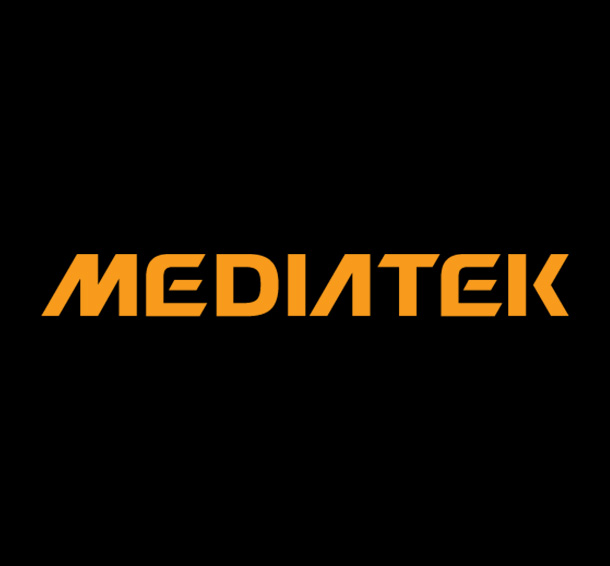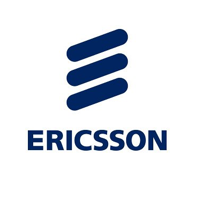As the world embraces a more connected future, FWA is gaining momentum as a key broadband technology. According to GSA’s June 2025 FWA Report, 567 operators in 188 countries and territories announced FWA service offerings. 215 of them are marketing 5G FWA services representing a boost of 400% from November 2021. Device ecosystem is also experiencing prominent growth as 338 5G CPE models have been tracked by GSA. With the evolution of 5G networks towards 5G-Advanced, based on 5G standalone and defined since 3GPP Release 18, a significant importance is being placed on uplink performance to meet the growing demand for real-time applications such as video conferencing, cloud gaming, and remote work.
5G-Advanced technologies enable FWA to deliver fiber-like user experience, particularly through advances in uplink performance. This is achieved by introduction of Low Latency, Low Loss, Scalable Throughput (L4S) to counter buffer congestion on the uplink bottleneck of the 5G system and mitigating general constraint of maximum 2 transmission paths in the User Equipment (UE) with Uplink Transmit Switching (UL Tx Switching) and Uplink 3-Transmit Antenna Transmission (3Tx). These evolving and emerging techniques are transforming the overall FWA experience.
Uplink Transmit Switching: Smarter, Adaptive Connections
The Uplink Transmit Switching (UL Tx Switching) concept was introduced by 3GPP to address the limitation of two transmission paths in UE, which restricts uplink configurations to either two-layer MIMO on a single carrier or two-carrier aggregation with a single layer on each band. UL Tx Switching enables dynamic switching of the uplink transmission between carriers while maintaining the same number of transmit paths. For example, when a TDD carrier is occupied with downlink transmission, uplink data can be sent on a single-layer FDD carrier. The transmission then switches back to the TDD carrier when uplink slots are available, allowing the use of two MIMO layers. This approach provides the coverage benefits of adding an FDD carrier while maintaining 2×2 MIMO on the bandwidth-rich TDD bands.
5G-Advanced further enhances UL Tx switching by enabling switching across up to four frequency bands, adding the possibility of using 2 MIMO layers on the FDD component carrier as well and adding a TDD to TDD switching option. Even more improvement is possible if an operator is fortunate to acquire two contiguous carriers in the TDD band. That would allow switching between two uplink layers in FDD and, effectively, four layers in TDD by including UL contiguous carrier aggregation with 2×2 MIMO into the picture.
5G-Advanced enhancements bring a substantial boost in uplink throughput which has been a traditional bottleneck in the cellular systems due to UE limitations.
Uplink 3-Transmit (3Tx) Antenna Transmission: Boosting Capacity from the User Side
UL 3Tx is another technology aimed at overcoming UE transmit paths limitation. Unlike UL Tx Switching, it allows simultaneous transmission on both carriers by hardware modifications that facilitate a third Tx path in the UE. 3Tx implementation utilizes UL carrier aggregation concept where one carrier is configured with two MIMO layers while another one is limited to one. 3Tx applicability is focused on FWA due to hardware design specifics.
Similar to UL Tx Switching changes, 3Tx in 5G-Advanced is complemented with an opportunity to transmit over total five layers by combining one-layer FDD transmission with four layers available on contiguous TDD component carriers.
L4S: Revolutionizing Uplink Latency and Reliability
While increasing transmission speed and coverage is important, latency and reliability are just as crucial for modern applications like video conferencing, AR/VR, and interactive gaming. That is where L4S comes in as part of 5G-Advanced networks.
L4S is a new congestion control framework that allows networks and devices to operate with lower latency and higher reliability, without sacrificing bandwidth. Unlike traditional congestion control mechanisms (which rely on packet drops to signal congestion), L4S uses more refined signals to manage network traffic proactively.
Key benefits of L4S include low latency under congestion conditions, seamless and consistent performance for latency sensitive applications, and minimal impact on throughput achieved by flexible rate adaptation.
L4S relies on Explicit Congestion Notification (ECN) for packet marking, which is adopted in 5G-Advanced. For FWA use cases, this means users can experience real-time interactivity on par with fiber-based connections even in challenging wireless environments.
Looking forward
5G-Advanced is more than just an upgrade. It is an enabler for next-generation broadband wireless connectivity that is both reliable and dynamic. By addressing uplink limitations, technologies like enhanced uplink transmit switching, improved 3Tx, and L4S are empowering FWA to evolve from a potentially temporary solution to a true broadband alternative.
As operators and device ecosystem are starting to support these features, users can expect faster uploads, smoother video calls, and more responsive cloud-based services. In short, the future of fixed wireless is fast, stable, and finally, truly two-way broadband connectivity.
According to the GSA’s 5G-Advanced report from May 2025, the mobile ecosystem has initiated the investments in 5G-Advanced where 26 operators have started to evaluate related technologies. With its recent announcement of the T930 chipset for FWA, MediaTek is one of just two 5G chipset vendors that have solutions supporting 3GPP Release 18, which includes 5G-Advanced innovations such as uplink transmit switching, 3Tx, and L4S.
For additional technical details in these 5G-Advance technologies, you can also refer to related MediaTek’s technical blogs about 5G uplink enhancement techniques and L4S.



